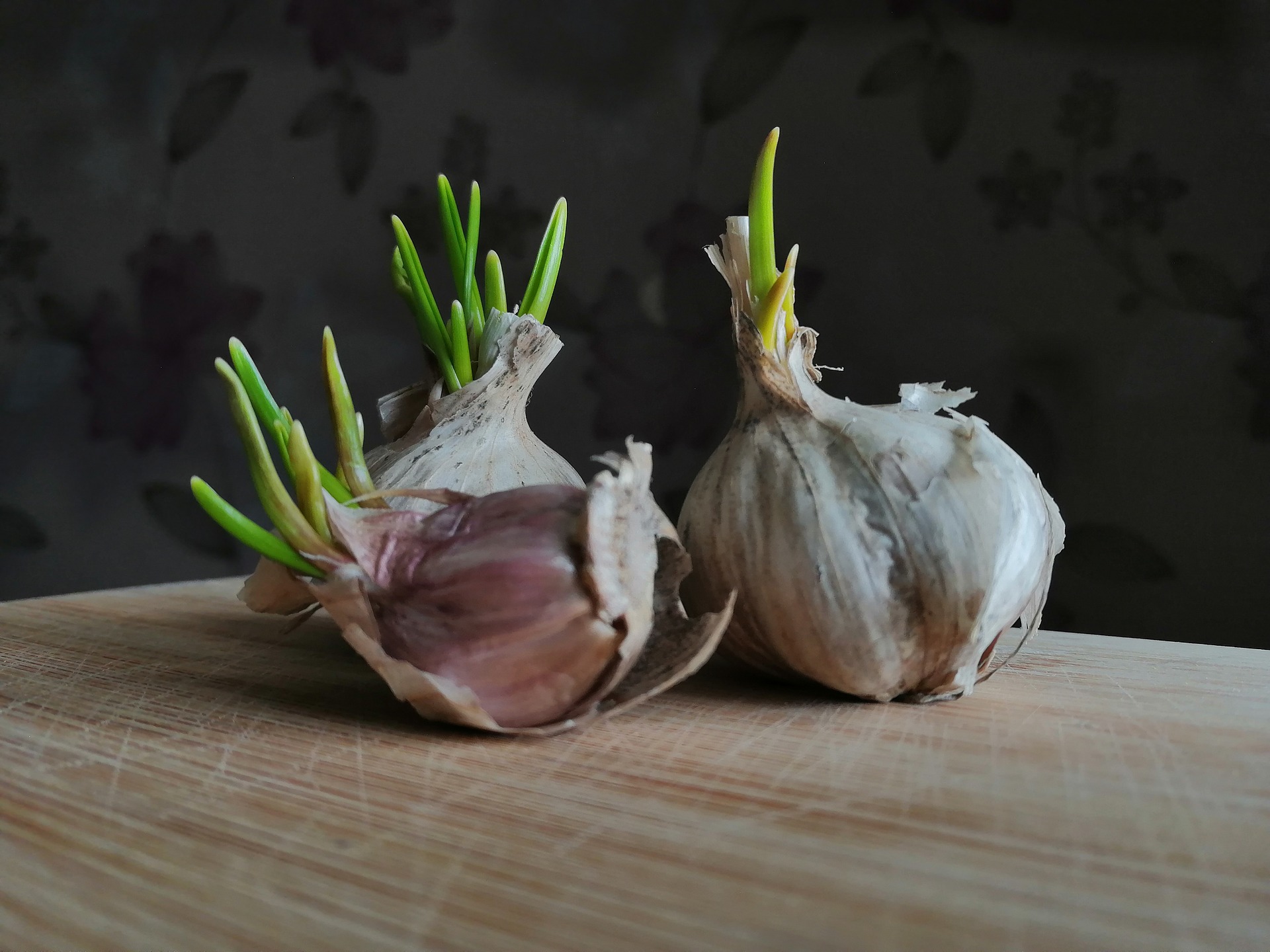Tips for Growing Herbs in Containers

There are many reasons for herb container gardens being so popular. It is convenient to step on to your balcony or out your backdoor and pick fresh herbs from a beautiful container garden. Plants in containers make it very convenient for maintenance, and there are fewer issues with weeds and little critters getting into your herbs.
Almost any herb can be grown in a container. If you plan to grow multiple herbs in one container, be sure to use plants with similar growing requirements. An example might be that some plants require more water than others, and some plants require more sunlight. By getting the conditions right, you should have a successful container herb garden.
Planning Your Herb Containers Garden
It is ok to grow many types of herbs in the same container as long as they share the same water, sun, and soil requirements. For example, parsley requires lots of moisture, while rosemary requires hot and dry conditions. Therefore, it's not a good idea to put them in the same container.
Herbs can work as an ornamental element in a container garden, adding scents and texture when mixed with perennials or annuals. Again, be sure to combine plants with similar needs. Some herbs will thrive and display vigorous growth; making sure they won't smother other plants in the same container is essential.
Choosing a Container for Herbs
As long as your containers have proper drainage, you can use almost anything as a pot. There aren't many herbs with extensive root systems; small containers are usually all that is needed. Small containers are great for the herbs that don't mind drying out before their next watering. With smaller containers holding less soil, there is less margin for error when it comes to overwatering or underwatering.
Self-watering containers help some herbs thrive because of their requirement for a constant level of moisture. A few examples of plants that benefit from self-watering containers would be mint, chives, marjoram, and parsley. Plants that require drying out before watering would include basil, oregano, rosemary, and thyme.
Planting and Caring for Herbs
Soil, sun, and fertilizer help your container herb garden thrive. Use a high-quality potting soil that allows for good drainage. A combination of good soil and a pot with proper drain holes will prevent accidents like drowning your herbs.
Some containers can get baked and reach high temperatures on hot days, especially when plants require six to eight direct sunlight hours. If you live in an area where the climate temperatures are high, you might need to shade your herbs during the hottest part of the day.
Overfertilizing your herbs can be an issue as well. Most herbs don't require much fertilizer, and some plants will die if they are overfed. Some plants like oregano and thyme thrive on neglect and aren't as tasty when given too much water or food.
Harvesting Your Herbs
The more you pick, the more you get is a rule of thumb for harvesting herbs. Pinching back most herbs will make the plant bushier and well-formed. Always follow the specific plant requirements when harvesting them. For example, a basil plant needs to cut back all the way, and its leaves should get harvested regularly, while the flower buds should be discarded.
When the growing season ends, most herbs will continue to grow when brought inside. Some herbs will do great inside, and others might not do as well, but it is worth trying with all of your plants.
Lastly, when you grow more herbs than you can eat, they can make a beautiful gift for your friends and family.


